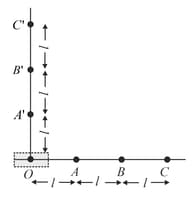The electric potential as a function of distance is shown in Figure below. Construct a graph of the electric field strength .
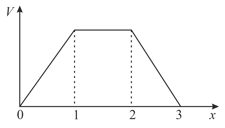


Important Questions on Electrostatic Potential and Capacitance
The two graphs drawn here, show the variation of electrostatic potential with ( being distance of the field point charge) for two point charges and . What are the signs of the two charges?
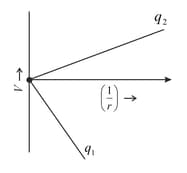
The two graphs drawn here, show the variation of electrostatic potential with ( being distance of the field point charge) for two point charges and . Which of the two charges has a larger magnitude and why?
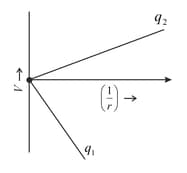
The following data was obtained for the dependence of the magnitude of electric field, with distance, from a reference point , within the charge distribution in the shaded region.
| Field Point | ||||||
| Magnitude of electric field |
Identify the charge distribution and justify your answer.
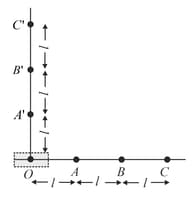
The following data was obtained for the dependence of the magnitude of electric field, with distance, from a reference point , within the charge distribution in the shaded region.
| Field Point | ||||||
| Magnitude of electric field |
If the potential due to this charge distribution, has a value at the point , what is its value at the point ?
